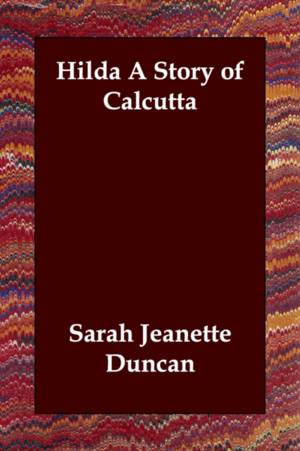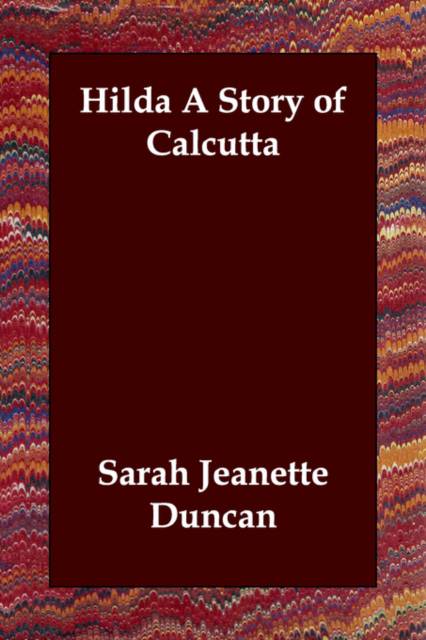
- Retrait gratuit dans votre magasin Club
- 7.000.000 titres dans notre catalogue
- Payer en toute sécurité
- Toujours un magasin près de chez vous
- Retrait gratuit dans votre magasin Club
- 7.000.0000 titres dans notre catalogue
- Payer en toute sécurité
- Toujours un magasin près de chez vous
Description
Sara Jeannette Duncan (1861-1922) was a Canadian author and journalist, who also published as Mrs Everard Cotes among other names. She first trained as a teacher but always had a literary career in mind, having some poetry published as early as 1880 before she had qualified as a teacher. After a brief period teaching she worked as a columnist for the Toronto Globe using the byline 'Garth', and later wrote for the Washington Post where she was put in charge of the current literature department. She was back at the Globe as 'Garth Grafton' in 1886, taking over the Woman's World section, and also wrote a more serious column under her real name for Week, a Toronto literary periodical. In 1887 she became parliamentary correspondent for the Montreal Star and the following year embarked on a world tour with fellow journalist, Lily Lewis. Her intention was to gather material for a book although she also filed stories for the Star as she travelled. In 1889 she attended a function in Calcutta organised by the Viceroy of India where she met Anglo-Indian civil servant, Everard Charles Cotes, and the couple married a year later. After her marriage Duncan split her time between England and India, her husband having taken the role of editor of the Calcutta-based Indian Daily News from 1894-97, and later becoming managing director of the Eastern News Agency. At this time she moved from journalism to writing fiction. She was treated for tuberculosis in 1900, spending the summer in Simla as chronicled in her book On the Other Side of the Latch (1901), published in the US and Canada as The Crow's Nest. Her most successful book was the 'cheerfully anecdotal' A Social Departure: How Orthodocia and I Went Around the World by Ourselves (1890), a fictionalised account of her world tour with Lewis. Her next two novels An American Girl in London (1891) and The Simple Adventures of a Memsahib (1893) were written in a similar vein, but A Daughter of To-day (1894) was her first serious novel, taking on the theme of the 'new woman'. She went on to produce many more books, the majority with Anglo-Indian settings, with The Imperialist (1904) being her only Canadian novel. In Hilda: A Story of Calcutta (1898) she draws on her own experiences of life in the city that served as India's captital during the British Raj. The book provides vivid descriptions of Calcutta itself, alongside a fascinating study of society manners there in the late 19th century.
Spécifications
Parties prenantes
- Auteur(s) :
- Editeur:
Contenu
- Nombre de pages :
- 172
- Langue:
- Anglais
Caractéristiques
- EAN:
- 9781406803389
- Date de parution :
- 20-06-06
- Format:
- Livre broché
- Format numérique:
- Trade paperback (VS)
- Dimensions :
- 152 mm x 229 mm
- Poids :
- 258 g

Les avis
Nous publions uniquement les avis qui respectent les conditions requises. Consultez nos conditions pour les avis.






